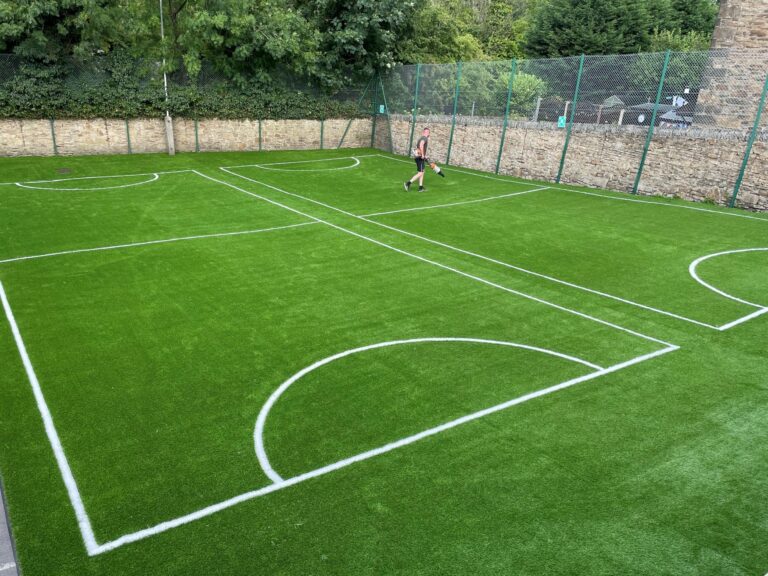Extreme rain has gone from a rare once in lifetime occurrence to a yearly problem for some parts of the country. According to the National Flood Resilience Review £1.3 billion was the cost of dealing with flood damage last year. Whilst not everyone is in a flood zone, there are a lot of gardens out there where soil cannot cope with the rain received, both due to quantity of water and quality of existing soil. As the need for weather resistant gardens increases can the landscaping industry provide for those who want to save their gardens from utter destruction?
What are the main aspects to consider?
Drainage
- If the water table is high then there is less capacity to absorb heavy rain.
- Land drains can be installed if the water table is low which connect to a soakway or pit. These should be dug away from buildings.
Fences & Hedges
- Waterproof posts or gravel boards will be able to cope with excess water better than simply wood.
- Most hedges will not like huge amounts of water but living willow is easy to grow in damp areas.
- Hedges are quite valuable in creating barriers. They can be useful in slowing down water and preventing too much erosion of soil from certain areas.
Paths & Patios
- Paving and patio is durable but can be quite slippery. A coarse or rough stone finish can help avoid any accidents.
- Bark chippings make good temporary cover over wet ground but light materials can be displaced easily.
- Bricks should be laid on sharp sand to help water drain through the cracks. Artificial grass is also laid over sharp sand for this reason.
Trees & Plants
- Few trees and plants can cope with prolonged submersion in water, but there are those that can grow well enough in damp soil.
- Alder, Ash, Silver Birch, Rowan and Willow are trees that are little more water hardy, as are Elder, Dogwood and bog myrtle shrubs and Kingscup, Primrose, Day Lily and Violet plants.
- Raised beds are a good option as they keep the roots out of water. Soil mixture should contain grit and compost should be added to aid drainage.
Artificial grass
- Artificial grass is installed upon an aggregate and sharp sand base which allows for better drainage than some clay or compacted lawns.
- It is a durable surfacing that can revitalise a garden area that has deteriorated due to rain.
- If installing for someone who experiences extreme flooding make sure they are aware that even with proper securing it won’t be able to withstand high flooding without some maintenance or repair work required afterward.
This information was collated from the Environment Agency’s guide to reducing flood damage in gardens.



